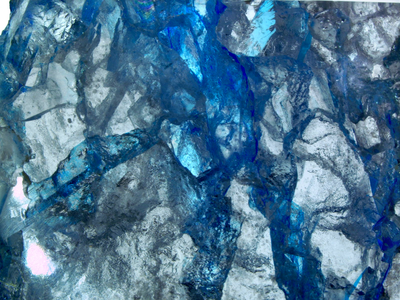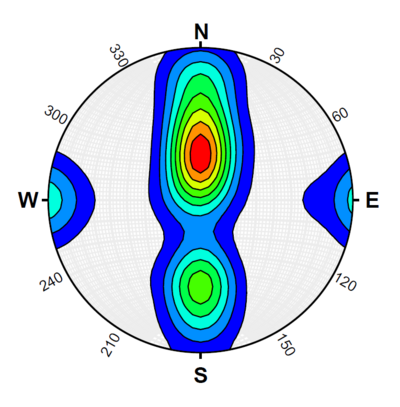Technical Feasibility of Sealing Mine Drifts in Rock Salt
For the disposal of radioactive waste in geological repositories, shafts and drifts are excavated and boreholes drilled to extreme depths. The mechanical stresses on the rock and the stress redistributions from the excavation of the cavities cause crack formation. The cavities and cracks need sealing to restore the integrity of the host rock as a natural barrier. One possibility is to fill the cavities with sealing materials that cure and form a solid body. However, temperature and volume changes during curing generate shear and tensile forces, which can result in cracks acting as flowpaths for fluids. These cracks also influence the tightness of the seal and must therefore be investigated in order to be able to assess the performance of the seal and to carry out optimisations of the construction process.
To assess the technical feasibility of sealing a mine drift in rock salt, a full-scale test seal was built in the Morsleben repository and grouted with an ultra-fine cement suspension after the temperature had largely decreased. The task of BGE TECHNOLOGY GmbH was to diagnose the seal, i.e. to determine the size and orientation of cracks and their degree of crosslinking. The core concrete, its fine-grained edge zone, the contour zone and the adjacent damaged zone of the host rock were examined. Image analyses of drill cores were carried out, and videos of camera inspections were evaluated. The analyses of the rock salt focussed on images from a digital light microscope. The findings of the crack analyses were visualised using stereographic projection, and stacks of images enabled 3D visualisations of the microstructure of the rock salt and the crack system. Moreover, the knowledge gained allows conclusions about the penetration behaviour of the suspensions into the cracks and the self-healing due to rock convergence that contributes to the high tightness of the seal.



